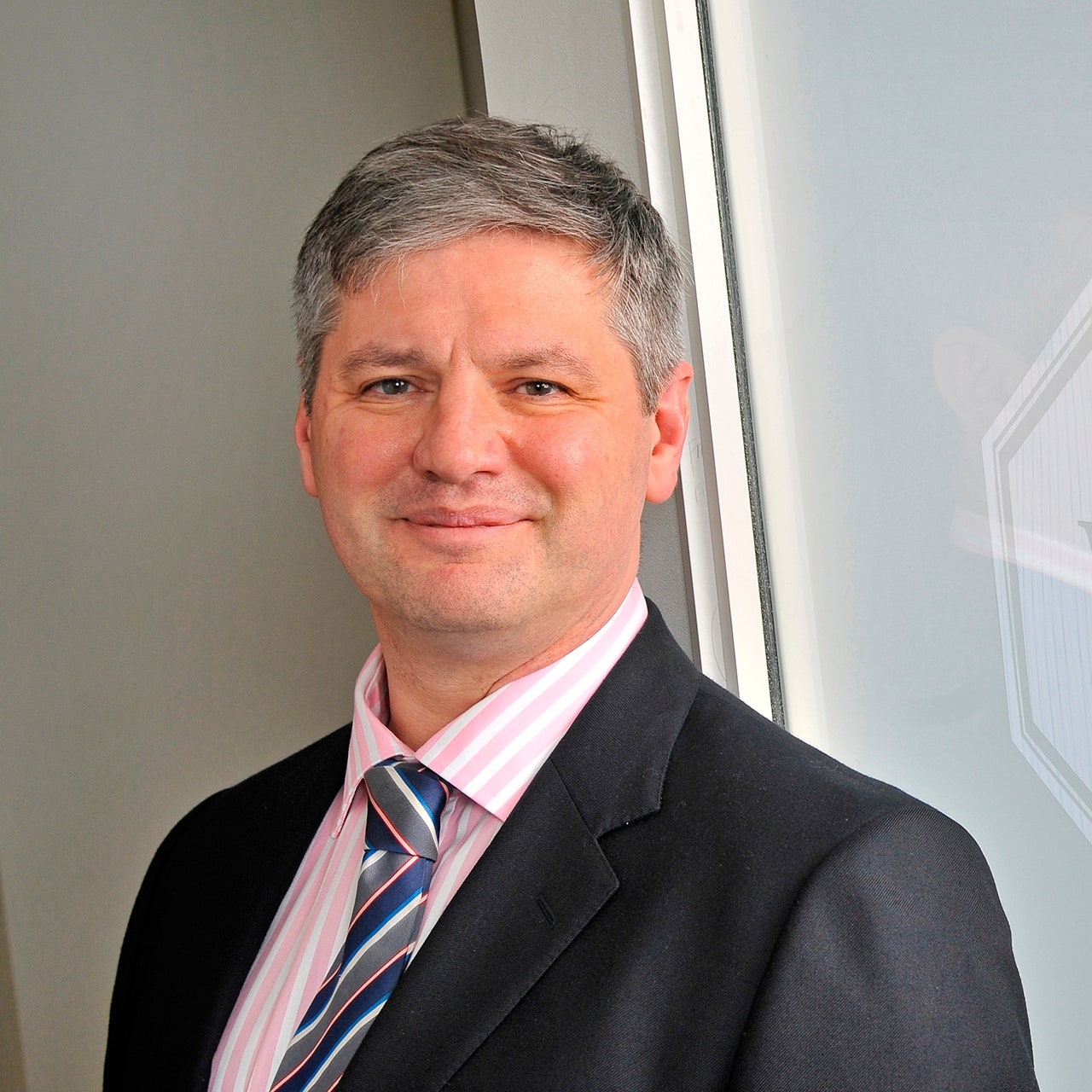What is the circulatory system and how does it work?
The circulatory, or cardiovascular, system refers to the vast network of organs and blood vessels that act as both a nutrition-delivery and waste-removal system for the body.
What’s the difference between veins and arteries?
The main components of this system are the heart, arteries, capillaries and veins. The arteries carry blood from the heart to the body organs, while the veins carry it back to the heart. Nutrients, oxygen and hormones are delivered to every cell in the body, while waste products like carbon dioxide are removed.
The circulatory system keeps working because of the pumping pressure from the heart to push blood through the arteries; movement of the body helps pump it back up the veins. Valves throughout the veins ensure it’s a one-way system – when it’s working properly, of course.
What is pulmonary circulation?
In addition to this circulation around the body, or “systemic” circulation, there’s a second part of the circulatory system – pulmonary circulation. Pulmonary circulation is a short loop where blood is pumped from the heart to the lungs and back again. This is where the blood gets rid of the waste carbon dioxide and obtains new oxygen.
The systemic and pulmonary circulations lie one after the other, so blood is pumped through the systemic circulation to supply the body and then the pulmonary circulation to refresh supplies of oxygen.
What happens to the cardiovascular system during exercise?
The circulatory system is affected by many factors including genetic make-up, diet, smoking, as well as exercise. However, exercise is one of the most important factors to keep your heart and circulation healthy.
Exercise helps to keep your heart strong and pumping effectively. Just like any muscle, the more you exercise it, the better it works. The more used to exercise you become, the lower the pulse rate becomes as the heart beats more efficiently.
- Cardiac drift: what is it and how does it affect heart-rate training?
- Why athletes should get their hearts checked
The faster blood flows through arteries and veins, the more “shear stress” occurs at the surface of the blood vessel and the more nitric oxide is released into the blood-vessel wall. This keeps veins and arteries soft and healthy, reducing hardening of the arteries called “atherosclerosis”.
Exercise also causes the arteries to dilate, which reduces blood pressure. This also reduces fat being pushed into the walls of the blood vessels, once again reducing atherosclerosis.
As we all know, the more you exercise, the more your excess body fat reduces. This means that the circulatory system has less body mass to supply, reducing the work on the heart and hence reducing blood pressure further.
This results in more oxygenated blood reaching the muscle tissue, enabling the muscles to work harder and, therefore, improve an athlete’s performance, while also keeping the heart, arteries and veins as healthy as possible.
What are the long-term effects of exercise on the cardiovascular system?
Exercise has many positive long-term effects on the circulatory system, including reducing the risk of heart disease.
People who’ve just started to exercise will begin to see its effects in around four weeks, whereas more conditioned athletes can begin to see the long-term effects in as little as two weeks.
Long-term exercise causes the heart and lungs to become more efficient as your cardiovascular training increases.
The heart’s stroke volume, which is the amount of blood pumped with each beat, will increase. Every time the heart beats, blood is ejected from the left ventricle and out into the arteries. Each heartbeat pushes this blood throughout the body, carrying oxygen-rich blood to the tissues. As people exercise, their heart will become stronger and will be able to pump more oxygen-rich blood around their body.
Because of this, athletes will also tend to have a decreased resting heart rate – usually around 40-60bpm. This is because the heart doesn’t have to beat as often to circulate blood around the body as its stroke volume will be greater.
Frequent cardiovascular exercise will also greatly improve a person’s lung capacity. This is because the muscles require less oxygen to move and, therefore, produce less carbon dioxide. This reduces the amount of air needed to breathe in and out during exercise.
In summary, exercise results in a stronger and more efficient heart, lower pulse, lower blood pressure and reduced risk of atherosclerosis. Recent research has also shown that if you have vein problems, exercise reduces the rate of deterioration and risks of complications – although exercise alone cannot reverse vein damage due to valves that have failed such as in varicose veins.
- What is the lymphatic system and how does exercise affect it?
- How does endurance sport affect your digestive system?
- 5 ways endurance sport and triathlon affects your musculoskeletal system
- Are women the stronger sex?
If you’re at all concerned about your venous health or any other health issue, always consult a doctor.
Professor Mark Whiteley is a consultant venous surgeon and founder of The Whiteley Clinic. He trained at St. Bartholomew’s Hospital in London and was a lecturer in surgery at Oxford University from 1995 to 1998.
Top image by Getty Images
